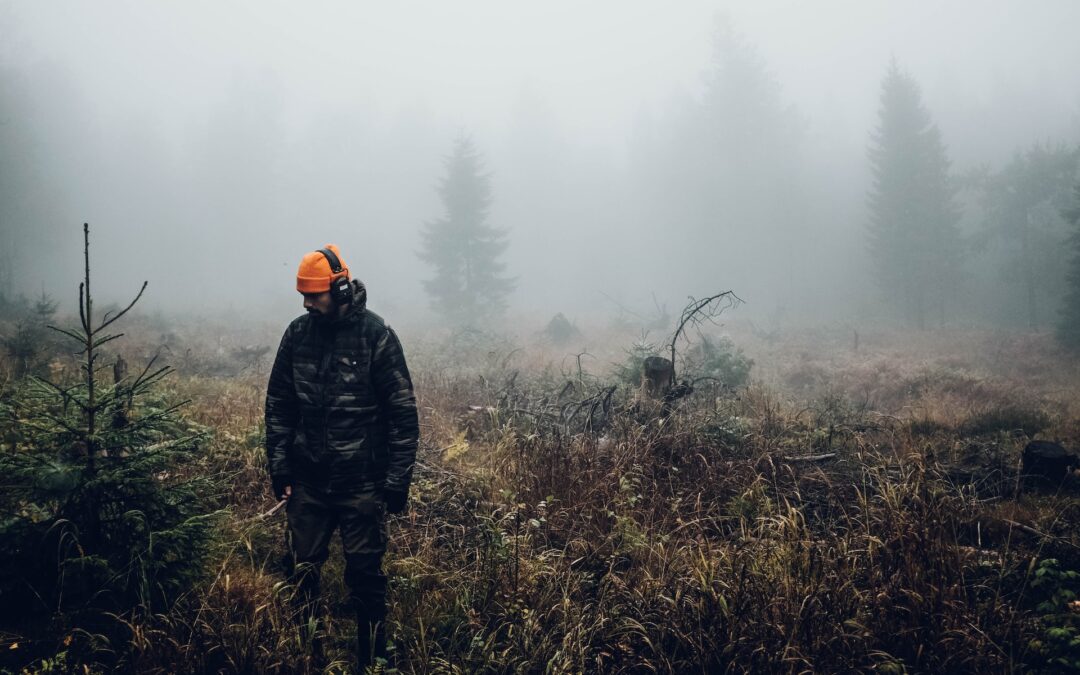The Risk of Hearing Loss for Hunters
If there was an epidemic in the hunting community, it’d be hearing loss.
A research study conducted by the University of Wisconsin found that men aged 48 to 92 who hunted regularly were more likely to experience high-frequency hearing loss, a risk that increases by seven percent for every five years a person has been hunting.
What is even more alarming is that 38 percent of the study participants who were target shooters and 95 percent of the hunters reported never wearing hearing protection while shooting in the past year.
(OSHA) recommends that exposure to noise of 115 decibels (dBA) should not exceed fifteen minutes per day. A .22-caliber rifle generates a noise level of 140 dBA, and a typical deer rifle can create a noise greater than 175 dBA. Sound levels can even be amplified at firing ranges where sound waves bounce off interior walls.
Hunters often refer to “shooter’s ear”. It’s a condition that is caused by the way hunters are exposed to noise from a gunshot that causes asymmetrical hearing loss as a result. The ear that is closest to the blast from the muzzle takes the biggest hit from the noise, and as this level is so high, hearing loss is often the outcome.
Symptoms of Hearing Loss
Earsplitting ringing is a good sign your hearing is damaged, but other effects include:
- Sound distortion
- Inability to hear people when they are speaking.
- Tinnitus
- Temporary full hearing loss. This temporary condition can exist for 48 hours before hearing returns.
Recommended Prevention Steps
Shooting without hearing protection virtually guarantees you will suffer at least some degree of hearing loss in your lifetime. Here are some recommended prevention steps:
Use a Silencer – Unless it’s illegal in your state, consider using a gun suppressor or silencer to help reduce the volume of a gunshot. Silencers offer some support for your ears by helping to stabilize the loud propellant gas firearms produce when fired. However, a suppressor will cost more than most people’s setup, and most hunting rifles are not threaded for suppressor usage.
Use Ear Plugs – The most common form of ear protection for hunters is earplugs. Usually made of foam and ridged to ensure they remain securely in place.
Hunt With Earmuffs – Earmuffs with a high Noise Reduction Rating (NRR) are the most effective shooting and hunting ear protection you can wear. You can also position hearing protection around your neck while in the woods and quietly put it in place over your ears just before the shot. Some hunters will use both earplugs and earmuffs for maximum protection.
Wear Hunting Hearing Aids – Hunting Hearing Aids are small devices that fit in or behind the ear. These devices intensify ambient sound so you can hear your surroundings even better than you could with your naked ears. As your weapon is fired, the amplifier circuit reacts immediately by limiting the volume in your ears to a safe level.
The more you know about the behavior of Whitetail Deer and precautions while hunting, the better prepared you will be this hunting season. For more information on hunting whitetail deer visit our website at https://oakcreekwhitetailranch.com/.


Recent Comments